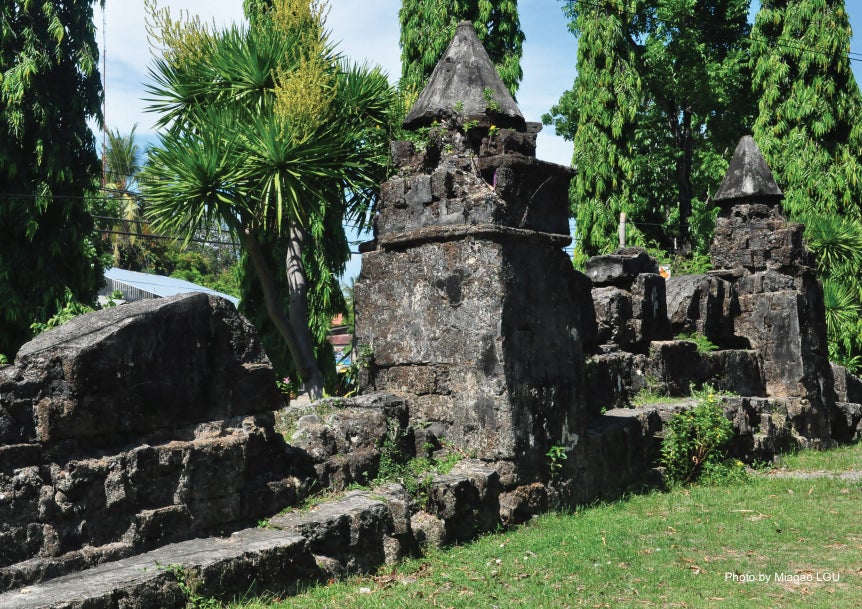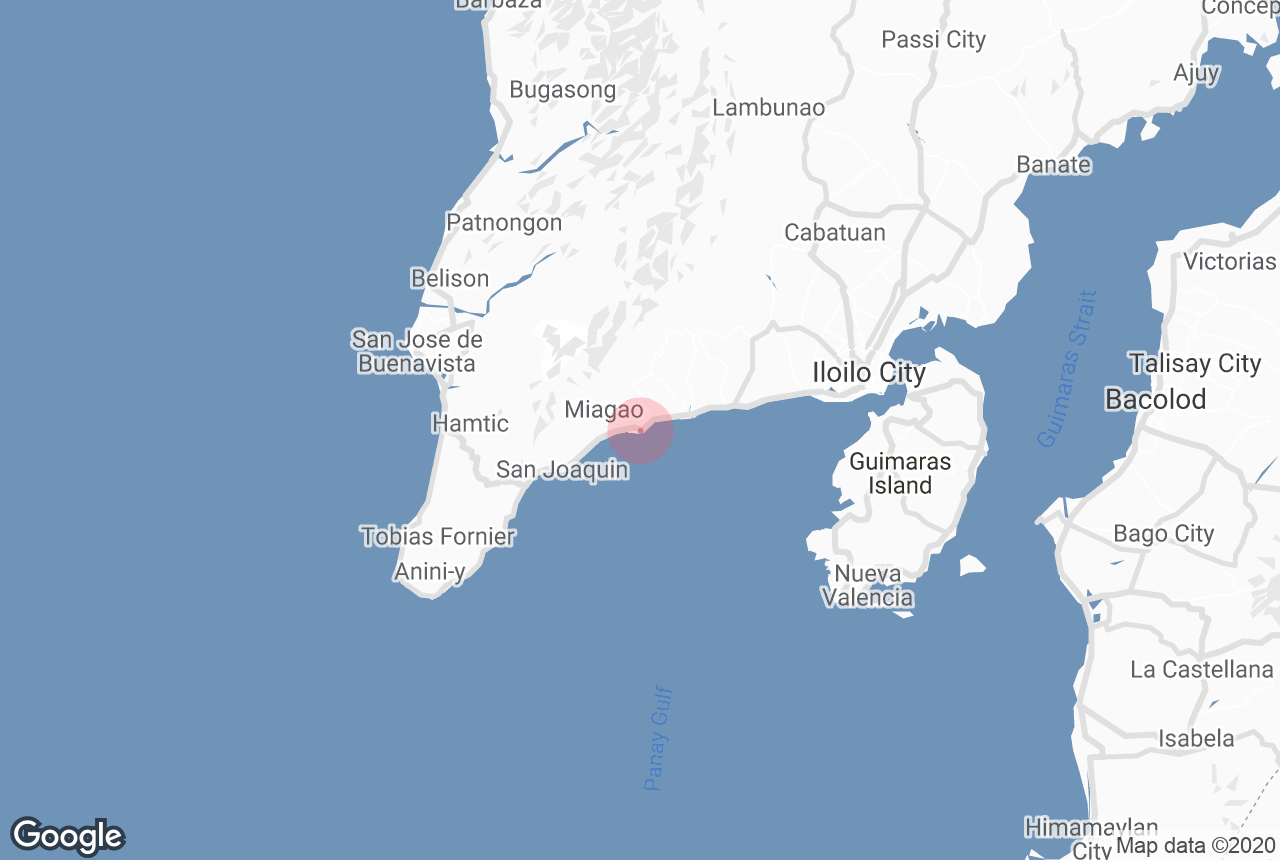Taytay Boni

Photo by Miagao Local Government Unit
This stone bridge was built in 1854, during the Spanish colonial period and is named after its foreman, Bonifacio Neular or Boni for short. It has a narrow passageway, measuring about 36.4 meters long by 8.4 meters wide. It is one of the oldest bridges in Iloilo, and can be found in Brgy. Guibongan, Miagao, in what locals call Crossing Kamatis.
It was built to connect the Miagao to Guimbal, where horse drawn carriages were widely used as the transportation of choice of Spanish officials during that period. The bridge was built by local Filipinos through forced labor, and construction was commenced under the vigilant watch of the guardia civil or Spanish guard. Laborers were made to pull large stone tablets with the help of the karosa, or sleds pulled by carabaos.
The bridge was widely used even after World War 2, but the infamous magnitude 8.2 earthquake that shook province of Many in 1948 damaged part of the structure, which loosed the stone slabs, causing a portion of the wall to crumble.
Today, the bridge has become part of a small park, with beautiful flora and fauna surrounding the area. Don’t miss the its distinct architecture, with its huge newel posts topped by pyramidion finials.
Best time to visit
The bridge can be visited anytime of the year as it is now part of a public park. However, it is best to visit during the dry months (typically from December to May) as it is more picturesque when there is no rainfall.









